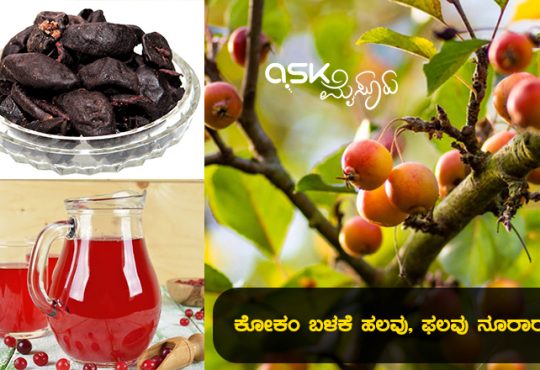
Dry organic matter does have more carbon content and once it decomposes in the soil, it will increase carbon content in the soil.
This improves health / fertility / life within soils. Healthy / fertile / living soils are very important.
- Soil is the network of interacting living organisms within the earth’s surface layer which support life above ground.
- The nutritional value of the food we eat is directly related to the health of the soil in which it grows (or what it eat grows).
- Management of agricultural soils should consider the structural, biological and mineral health of the soil (not just N, P, K) to produce nutritionally-dense food.
- Soil has varying amounts of organic matter (living and dead organisms), minerals, and nutrients.
- An average soil sample is 45% minerals, 25%, 25% air, and 5% organic matter (less in degraded soils).
- Carbon is a master variable within the soil that controls many processes, such as development of soil structure, water storage and nutrient cycling.
- Soil high in organic carbon content enables better rainfall infiltration & retention – providing greater resilience to drought.
- Every gram of soil organic carbon can hold up to 8 grams of water.
- Soils are vulnerable to carbon loss through degradation, but regenerative land management practices can build soil and restore soil health.
- Soil erosion within conventional agricultural practices can occur at rates up to 100 times greater than the rate of natural soil formation.
- Natural processes can take more than 500 years to form 2 centimetres of topsoil.
- Soil carbon takes three distinct forms: living carbon, labile carbon and fixed carbon.
– Living carbon takes the form of microbes, fungi, plant roots, nematodes, earth worms etc.
– Labile carbon in the soil comprises decomposing (dead) plant and animal material that is in a state of transition.
– Fixed carbon in the soil consists of stable compounds as humates and glomalins.
- Sequestered Carbon comprises the fixed carbon plus the total living biomass.
- Soil stores 10% of the world’s carbon dioxide emissions.
- Around 95% of our food is directly or indirectly produced on our soils.
- Microbial activity controls and manipulates the chemistry of the soil: not the other way around.
- Soil microbes have a symbiotic relationship with plants – plants provide sugars to microbes and microbes make nutrients bio-available for plants.
- Living organisms in soil ultimately control water infiltration, mineral density and nutrient cycling.
- Fungi and bacteria help break down organic matter in the soil and earthworms digest organic matter, recycle nutrients, and make the surface soil richer.
- In a handful of fertile soil, there are more individual organisms than the total number of human beings that have ever existed.
- Soil is one of the most complex biological materials on our planet








Comments are closed.